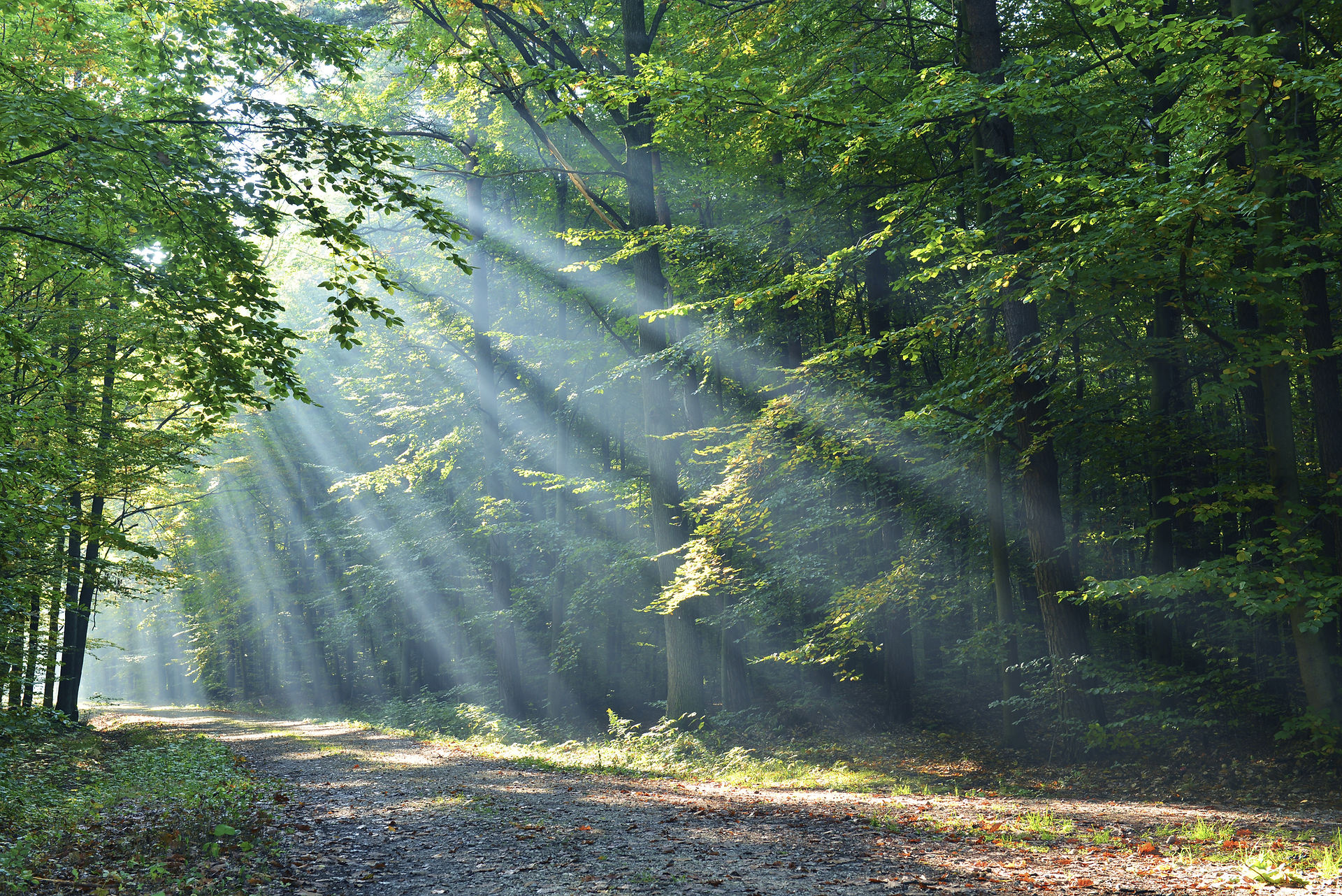- Granny Bonnet
Updated: Sep 14, 2023

A lovely feature of the towns and villages of East Anglia are their village signs. By far the most are situated in Norfolk which has some 500, with Suffolk not far behind. The rest of the growing 4,000 are distributed countrywide.
It was King Edward VII who first remarked, early in the 20th century, that village signs would add to travellers’ interest as they made their way around villages of the sprawling Sandringham Estate, the North Norfolk country retreat of the royals. He subsequently commissioned four from the Princess Alexandra School of Carving, and another three were added later.
This charming idea was promoted more widely by Prince Albert, Duke of York (later George VI) in a 1920 speech to the Royal Academy. This in turn led to a popular newspaper, The Daily Mail, setting up a prize-winning competition for village sign designs.
Back in Norfolk, art teacher Harry Carter of Hamond's Grammar School was approached to carve a sign for his home town of Swaffham, little realising that with that first effort, he started a ball rolling that would not stop until he was an old man who had made in excess of 200 of them!
Many of those first oak signs have a charming naivety about them, inspired and funded as they were by small and enthusiastic village committees. Today as well as individual makers, there are businesses dedicated to their production, utilising different materials besides wood, their signs bringing to life in stunning visual form stories that make each village unique.
The Women’s Institute movement, so much a part of rural English communities, was highly significant in promoting village signs which were often incorporated at times of national festivities. There was a surge to mark the Coronation of Queen Elizabeth II in 1953 and subsequently her Silver, Gold and Diamond jubilees. Other more local events are also marked.
It has become a popular leisure occupation for photographers both amateur and professional to ‘collect’ village signs and the internet has many fine examples to peruse. Granny can proudly go one further than that, because in the 1980’s she actually carved two village signs. One for Burgh St. Margaret and the other for Hellesdon, as well as restoring others.

Long may the tradition endure, I say, as they have certainly done what Edward VII foresaw, that is, brought added interest to our journeyings around the beautiful countryside of East Anglia and England.






